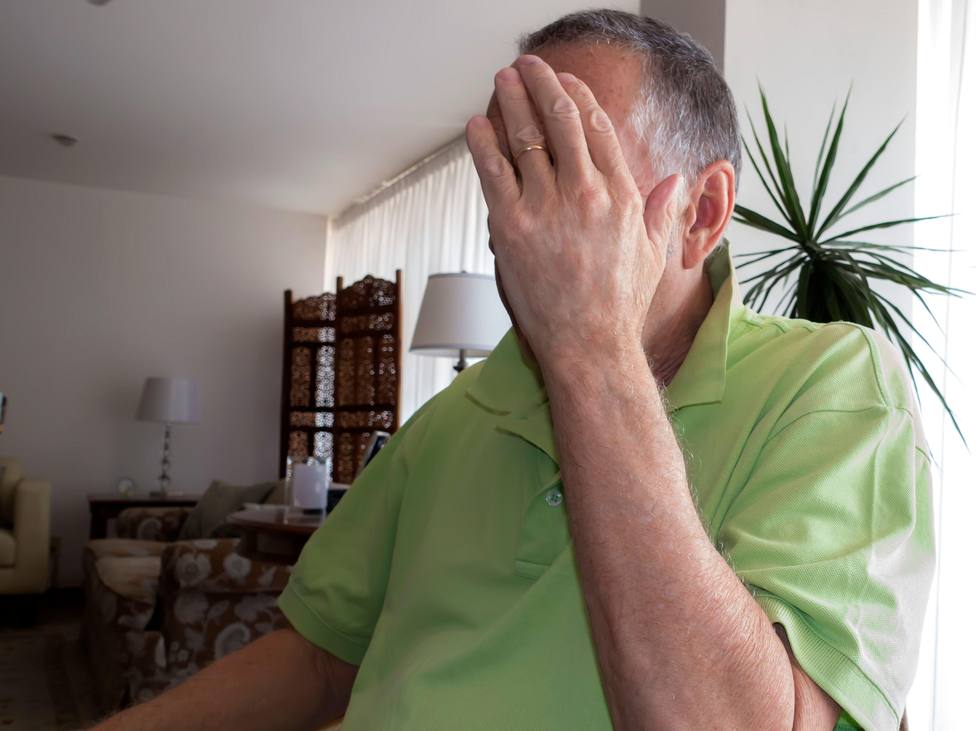By Veronika Hofinger and Jan Sicha
A few kilometers after the Waidhaus motorway border crossing in the direction of Prague, steel halls appear on the left at the Bor exit. At normal speed, the fences, windowless halls and containers of the “steel city” glide past for almost three minutes. The logistics centers that are being built on greenfield sites are called “steel cities”. The logistics center in Bor is one of many growing along the Czech highway.
Recruitment abroad
The laying of the foundation stone comes at a time when unemployment is high. Today only around 10 to 20 percent of the employees are Czech. All others are recruited abroad. More people work in the logistics center than Bor has residents. It supplies the German market. Service providers such as Loxxess and the car seat manufacturer Adient use the buildings. Many packages, including for Christmas, come from Bor. The mayor of Bor, Rudolf Kodalík, is in his third term on the city council. The civil engineer is non-partisan, doesn’t feel like a politician, sees almost no connection between local politics and “larger” politics, and also feels little support. He seems like a person who is convinced that you have to help yourself. Rudolf Kodalík is a practitioner.
Difficult contact
Under his leadership, the city is building a retirement home for around 100 million crowns (around 4 million euros) and is taking out a loan for it. 22 villages and hamlets are located in the municipality. Not everyone is yet connected to the public water supply and sewage system. The mayor wants to build a cycle path between the logistics center and the city. He considers the existing road to be dangerous for cyclists and pedestrians. “I can imagine the cyclist’s feelings when two trucks overtake each other next to him.”
Rudolf Kodalík would like to have more contact with the new citizens who have moved here for work. For example, the city offered films in Ukrainian in the cinema for new residents, and another attempt was a joint sporting event. The interest of the residents of the steel city is low. “It is said in the area that the rhythm in the logistics center consists of eight hours of work, eight hours of drinking and eight hours of sleep.”
Who is responsible?
In the logistics centers, responsibility is spread across many shoulders – so many that it can hardly be identified as a whole. The operators of the logistics park, companies, temporary employment agencies and operators of the accommodation are hardly known to the responsible cities and municipalities. There are no unions. The district, municipalities, social welfare offices and immigration police are trying to keep an overview and control things.
In any case, the steel town of Bor is well maintained. Mowed grass, trees, clean asphalt, chain link fence, no waste. No irregularity, no hiding place. Steel cities are also designed by architectural firms, according to one of the few publications on the subject. Some architects aim for a regular world. There is space for it here. Additional halls are to be built in the city area. The city has one condition: a normal urban infrastructure should be built in its surroundings, apartments and houses for workers with families, kindergartens, schools.
The “Theses of Haid”
In Bor, in addition to the city made of steel, there is also a castle made of stone. 140 years ago, at the invitation of the lord of the castle, Karl Heinrich Fürst zu Löwenstein-Wertheim and Rosenberg, Catholic social politicians gathered in Haid Castle and adopted the “Haid Theses on Workers and their Rights”. The “Theses of Haid” significantly influenced those of Pope Leo XIII a few years later. published encyclical “Rerum novarum”, which in turn is considered one of the foundations of Catholic social teaching and the social market economy. Agreement between employees and employers instead of class struggle was the goal of the Catholic reformers in Haid in the 19th century.
Today’s Bor, in turn, is a hub for global trade and the scene of a form of globalization. Is this a contradiction to Haid’s theses? A student project from the Centrum Bavaria Bohemia, funded by the Bavarian state parliament as part of the Green Belt, is investigating this question.
background:
Drill (Menstruation)
- Community with 5200 inhabitants
- Number of workers in the logistics centers around 7,000. The exact number is unknown and subject to change.
- Origin of the workers: Ukraine, Romania, Bulgaria, post-Soviet region, Asia
- Place of residence of workers: partly in a residential complex in the logistics park, but also spread across the entire district, in Stříbro (Mies), Tachov (Tachau), Planá (Plan), Kladruby (Kladrau)
- Shopping opportunity for workers who live directly in the logistics center, in a store made of containers
- Area of the logistics center: currently over 350 hectares
- Competitive Advantage of Boron: According to the mayor, the location: Berlin, Munich, Frankfurt, Vienna, Stuttgart can be reached within one shift of a truck driver.
2024-01-22 21:23:40
#WernbergKöblitzs #partner #community #growing #people #work #logistics #center


